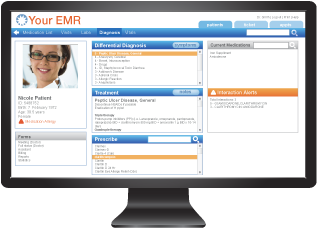So as we discovered, we may spend less time and see fewer patients if we use an EHR. One would think that ED length of stay (LOS) would then increase. But does it?
A 2 year observational study from Greece looked at ED throughput before and after implementation of an electronic trauma documentation system. A total of 101 trauma patients were processed under the paper charting system, and 99 were handled after implementation of the electronic system.
Here are the factoids:
- Injury severity was high overall, with half going for emergent surgery and an overall mortality rate of about 12%
- Total ED LOS decreased from 206 to 127 minutes with the EHR
- This was accomplished by decreasing time between arrival and completion of care from 149 to 100 minutes, and from completion of care to leaving the ED from 47 to 26 minutes
Bottom line: Looks great! Badly hurt patients, moving through the ED at breakneck speed after implementation of an EHR. The problem is that it was not really an EHR, but an “electronic documentation system.” Upon close inspection, this is a homegrown system with very specific functionality for monitoring care, providing checklists, and offering case-specific guidance. This is not the type of complex documentation system one usually thinks of when visualizing an EHR. But it does go to show that well-designed and focused software can be beneficial.
Tomorrow, I’ll start to focus specifically on the electronic trauma flow sheet (eTFS).
Reference: The effect of an electronic documentation system on the trauma patient’s length of stay in an emergency department. J Emerg Nursing 40(5)469-475, 2014.

